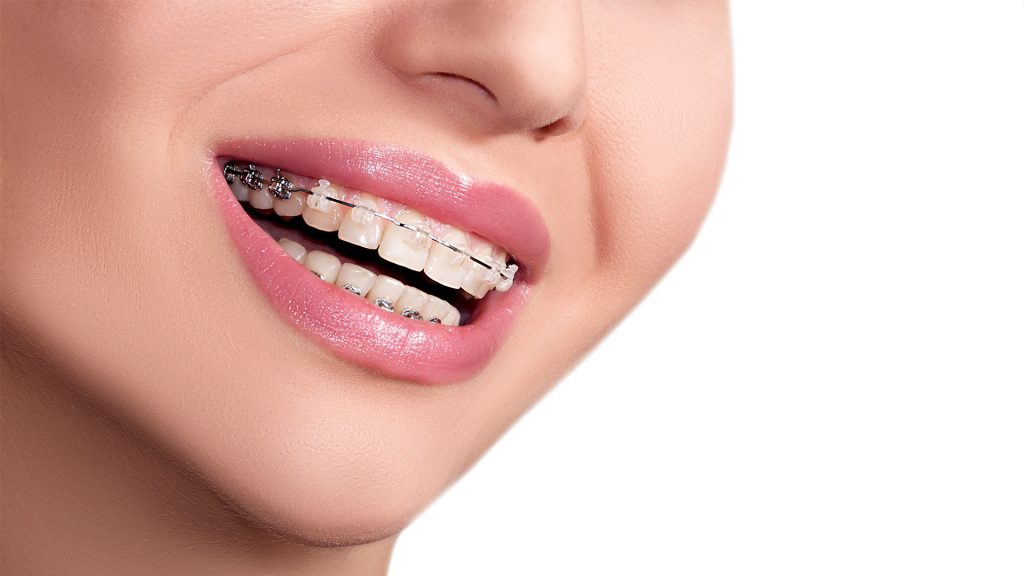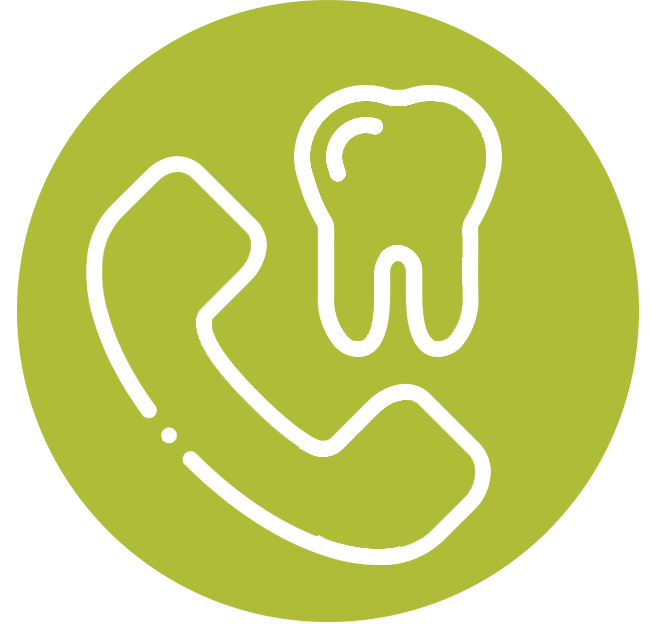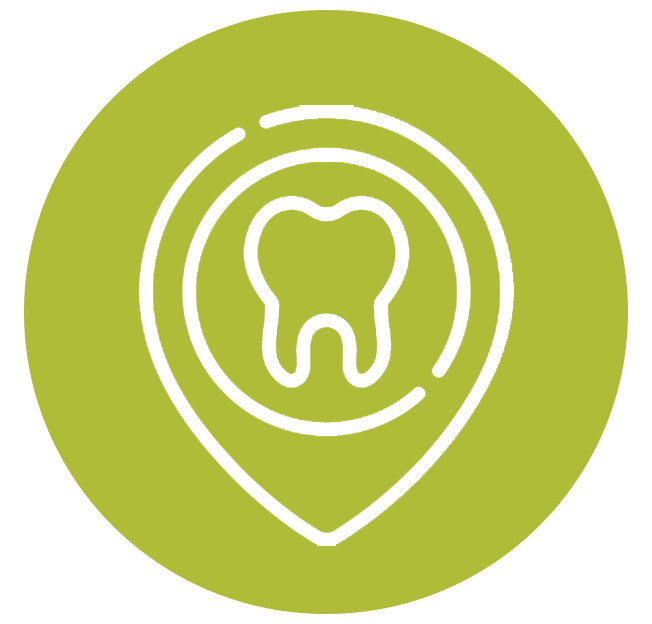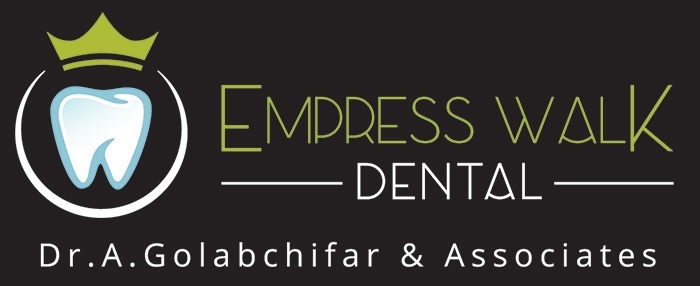The problems caused by crooked teeth can affect a person’s ability to chew, maintain their dental hygiene, and have an appealing smile. This can lead to loss of confidence and can cause the person to become rather awkward in social settings.
Thankfully, orthodontic braces are among the most popular and effective dental treatments available to resolve these issues. They help fix the alignment issue in the upper and lower jaw areas while also correcting any excessive gaps in between your teeth.
The time and money invested in orthodontic braces will unquestionably be beneficial for the adult or child who receives them. But as with most things in life, the cost factor is an important consideration.
While the field of dentistry in Toronto has made great strides in recent years, orthodontic braces still carry a stigma of being expensive, which can cause lots of people to put off the treatment or forgo it altogether.
ChatGPT said:
Here we’ll take a look at the cost considerations for orthodontic braces in Canada so you can decide if the arguments still hold up today. Our experienced dentists in North York can also help you understand treatment options and costs based on your specific needs.
Book an appointment for more information
BRACES ARE NOT JUST FOR GOOD LOOKS
Yes, braces do help you achieve a great smile by aligning your teeth. However, it’s important to highlight the fact that there is a health concern with ensuring that your teeth are straightened out properly. This leads to better chewing of your food and can help mitigate the risk of getting gum disease.
HOW MUCH DOES HEALTH INSURANCE COVER?
According to a recent report by the Canadian Association of Orthodontics (CAO), orthodontics are covered separately in a dental insurance contract and that the procedure is usually covered at the 50% level.
Although coverage for orthodontic braces will vary by plan and provider, the difference between each plan can be determined by contacting the provider directly so you can make an informed decision.
THE AVERAGE COST OF ORTHODONTIC BRACES IN CANADA
The average cost to getting orthodontic braces in Canada can range from $3000 to $10,000 depending on the patients dental conditions and requirements. Some people may need some slight adjustments of their teeth; others might need an extensive treatment due to severe malocclusion.
Here’s a quick rundown of expected average costs for bracer-types:
- Metal braces can range between $3000 – $7000
- Ceramic braces can range between $4000 – $8000
- Lingual braces can range between $8000 – $10000
- Invisalign can range between $6000-$9000
WAYS TO FINANCE YOUR ORTHODONTIC BRACES
Many dentists understand that investing in orthodontic braces may not be possible for everyone, however, because they understand their importance; most dentists will be flexible with their patient in terms of financing the cost of treatment.
Some insurance plans do not cover orthodontic braces treatments which mean that the patient will have to cover these costs out-of-pocket.
Another helpful option is via Health Spending Accounts which are a popular method of setting funds aside on a pre-tax basis from salary payments in order to fund medical and dental procedures such as orthodontic braces.













